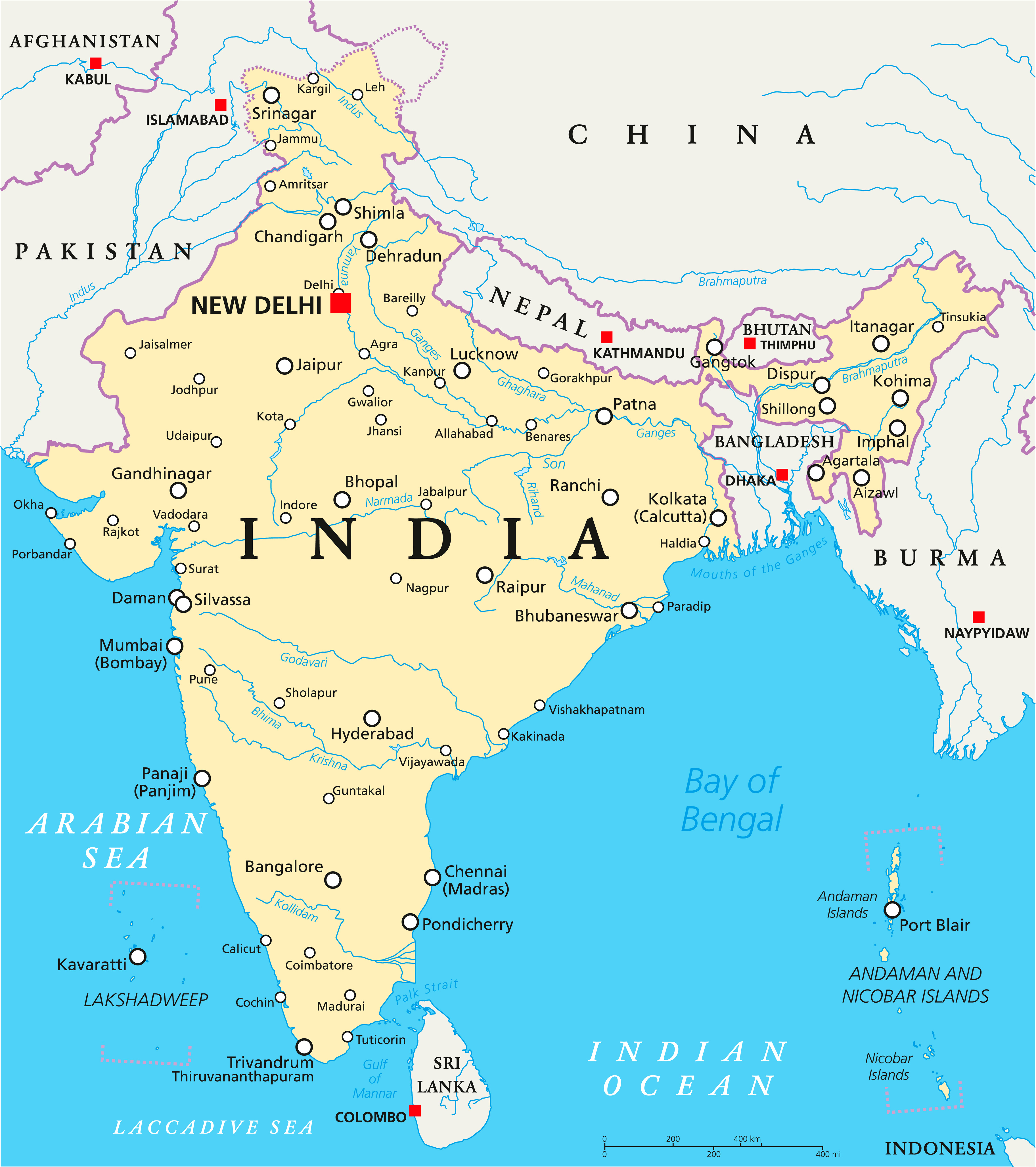In today’s Around the World in 50 Experiments adventure, we’re heading to India, home to one of the oldest civilisations on Earth and a current population of over 1.4 billion people!
India is a magical land of spices, colour, mountains, beaches, swamps, rain, curry and crafts. India has 22 official languages and is the birthplace of chess, snakes and ladders and yoga!

Where is India?
India is a country in South Asia bordered by the Bay of Bengal on one side and the Arabian Sea on the other. India has a varied terrain and climate, including deserts, jungles and fertile areas perfect for farming.

As part of our virtual trip to India, we’re going to learn about the monsoon, India’s traditional drink and find out how the Himalayas formed.
India’s Monsoon Season
What is a monsoon?
A monsoon is a seasonal change in the direction of prevailing winds. In India, monsoon winds lead to a rainy summer and dry winter.
India’s monsoon season runs from June to September. The winds blow from the Indian Ocean to India. The monsoon isn’t the rain but the movement of the wind that causes the rain. Monsoons are caused by temperature differences in the air over land and sea.
In summer, the land and air above it are very hot, but the sea and air above it are cooler. Hot air is lighter than cold air, so the hot air over land rises and is replaced by cooler sea air. The air from over the sea contains a lot of moisture which falls to land as rain.
In winter, the air above land cools to a lower temperature than the air above the sea. Warm air from the sea rises, and cooler air blows in from the land to take its place. Winds originating over land are generally dry, so the winter is dry.
Monsoons aren’t all bad. In India, monsoon rains are very much needed for crops, although too much rain can cause flooding, damaging crops and buildings.

Make a rain gauge
You can measure rainfall with a simple rain gauge. We made this one using a plastic bottle.
Use a ruler and measure rainfall daily or weekly.

Find out what the average rainfall is in your area and compare it to that in Cherrapunji!
Take the tea test
India is famous for growing tea and is the world’s second-largest tea producer. One idea for a tea based activity is to make several different types of Indian teas and see if you can tell the difference between them. Assam and Darjeeling are two good teas to start with. Tea leaves get their name from the area that they are grown in and taste slightly different. The difference stems from climate and soil differences. When the tea is harvested can also affect the flavour of the drink.
Another idea is to make traditional chai tea. Perhaps make it for a friend and ask them if they can tell which spices are in the tea from the aroma and taste.

Or, try and grow your own tea!
How long is a King Cobra?
King Cobras are found in the rainforests of India as well as China and Southeast Asia. These impressive animals can reach 18ft long and can lift a third of their body off the ground to confront a potential predator.
King Cobras are the world’s longest venomous snake!

Use a tape measure to find out how many feet tall you are and find out how much taller a King Cobra is than you!
The Himalayas
The Himalayas is the highest mountain range in the world and is spread over five countries: Pakistan, India, Nepal, Bhutan and China.
The Himalayas are still rising at a rate of about 4mm each year, but this is offset by erosion and weathering.
How did the Himalayas form?
The Himalayas formed around 40 million years ago when India ( which was then not part of the continent we now call Asia ) moved across the sea towards the Eurasian plate. When the Indian plate and Eurasian plate collided, the Indian plate pushed against the Eurasian plate, forcing it upwards, creating a huge mountain fold that became the Himalayas.

Learn about plate tectonics
One way to learn about plate tectonics is to model the Earth and its tectonic plates with an orange covered in jam with the peel placed back on top. Push the edges of the peel ( tectonic plates ) together, and you’ll see how the jam rises up, just like a mountain range!

Fun facts about India
India’s national flower is the lotus.
Himalaya means home of snow.
India is the only country in the world with lions and tigers.
The capital city of India is New Delhi.
India’s currency is the Rupee.
Hinduism is the most common religion, followed by Islam.
The Taj Mahal is one of the 7 New Wonders of the World and took 20,000 workers 21 years to build.
In the monsoon season, Cherrapunjee is the wettest place on Earth!
The Indian film industry is called Bollywood.
The Sundarbans is one of the world’s largest mangrove forests and lies on the coast of the Bay of Bengal.
Where will you head next on our journey Around the World in 50 Experiments?

Last Updated on June 6, 2023 by Emma Vanstone


